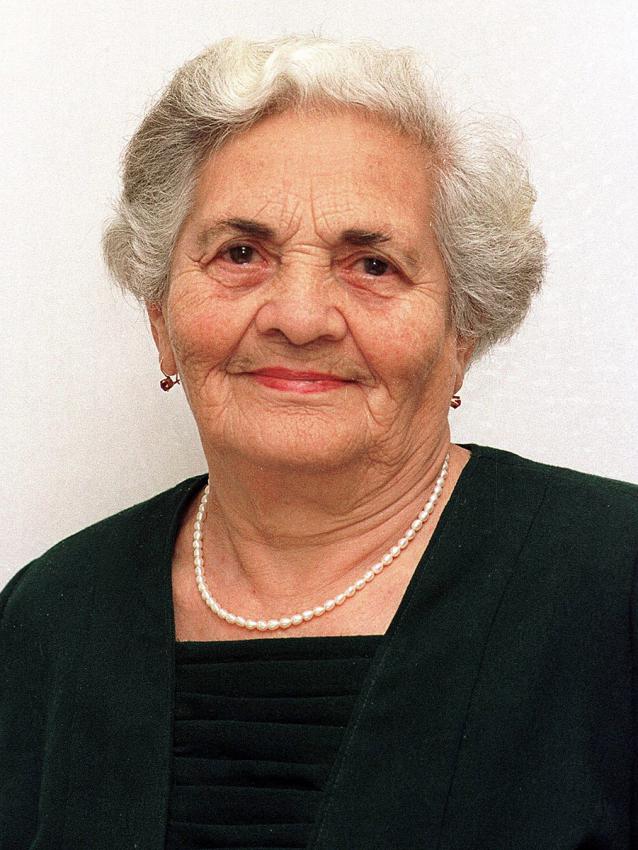Zinaide Mudrik lit one of six torches at the State Opening Ceremony of Holocaust Remembrance Day at Yad Vashem in 2001.
Zinaide Mudrik was born in Ilyintsy in the Ukraine 1921, as one of four children of the Sneider family. In 1941, on the eve of the German invasion of the Ukraine, she married David Mudrik. The men in her family were drafted into the Red Army to fight against the Nazis; Zinaida's father and brother died on the Leningrad Front, and her husband was taken hostage and imprisoned in a POW camp. Zinaida's older sister from Kiev along with her sister's six-year-old daughter were shot to death in Babi-Yar. The rest of the women in the family were deported to the Ilyintsy ghetto after the Germans entered the city in June 1941. Later, following his escape from the POW camp, Zinaide's husband, David, joined them.
In the ghetto, Zinaida gave birth to their first son, who was taken out of the ghetto when he was a baby and hidden with a Ukrainian woman. Following a major action that took place in the ghetto in 1942, David organized a group or 18 people, including Zinaida, and together they escaped from the ghetto and established a Jewish Partisan unit. The activities or the Partisan unit were divided between rescuing Jewish families from the ghetto and opposing the Germans by bombing bridges and railroad tracks and fighting in the forests. By the end of 1942 the unit numbered 250 Jewish men, women, elderly people, and children.
After the war, Zinaida and her husband retrieved their son from the Ukrainian woman who had taken care of him. David Mudrick died in 1987, and in 1997 Zinaida's family immigrated to Israel. Today Zinaida has a son and a daughter, five grandchildren, and one great grandson.


